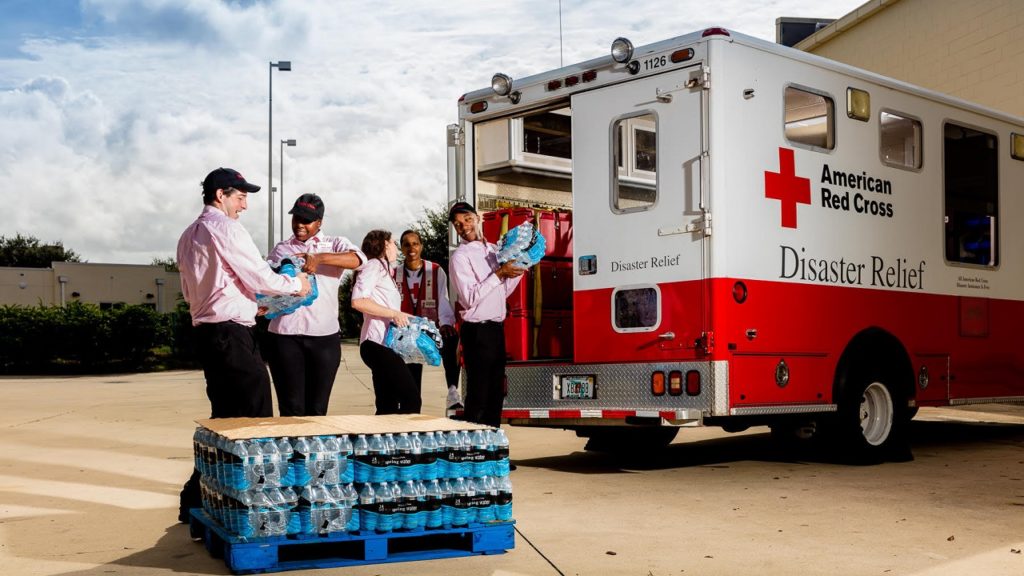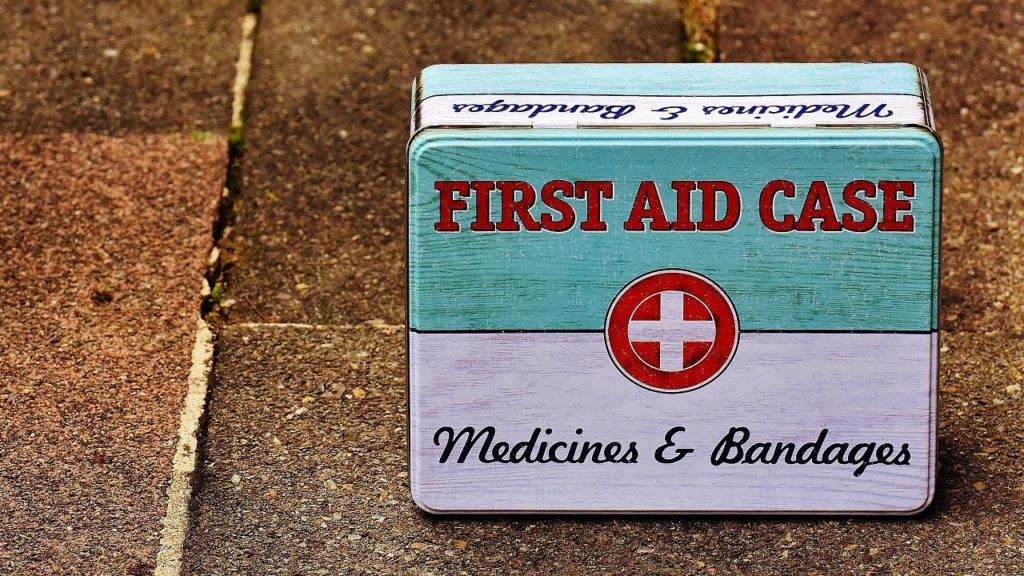 Special to the Philanthropy Journal
Special to the Philanthropy Journal
By Anuj Baveja
With corporate (social) responsibility becoming an integral part of companies’ business strategies, nonprofits today are not just competing with their counterparts for attention, but also against organizations that donate to a range of worthy causes.
While it may appear the odds are getting stacked even higher against nonprofits, working with and mastering media outreach serves as a method to rise above the crowd and generate positive attention for their organization’s causes and accomplishments.
 Get the basics right: Develop an overarching communications plan with key messages that map to your organization’s purpose and mission. Have a firm foundation by creating a healthy repository of media-friendly materials on your website such as, news releases, timeline/milestones, stories, bios, headshots and fact sheets. This offers a one-stop shop to collect all the needed information; much like those working in the nonprofit industry, media are limited on resources like staffing and time. Arming them with everything they need upfront increases the chance your story will be covered and that you become a valued resource reporters will return to in the future. In the same vein, ensure your spokespersons are media trained so reporters receive consistent, accurate and updated information.
Get the basics right: Develop an overarching communications plan with key messages that map to your organization’s purpose and mission. Have a firm foundation by creating a healthy repository of media-friendly materials on your website such as, news releases, timeline/milestones, stories, bios, headshots and fact sheets. This offers a one-stop shop to collect all the needed information; much like those working in the nonprofit industry, media are limited on resources like staffing and time. Arming them with everything they need upfront increases the chance your story will be covered and that you become a valued resource reporters will return to in the future. In the same vein, ensure your spokespersons are media trained so reporters receive consistent, accurate and updated information.
Another key pillar is to maintain a current media list. Know what reporters cover your industry and look for those who have written on similar topics you can reference when reaching out. Finally, proof everything you send to media for typos, and then proof again.
Get to know your target reporter: Spend time researching reporter bios. Look for them on Twitter, LinkedIn, Gorkana, Cision etc., to find common interests that can serve as an ice-breaker. Did you go to the same school? Are you traveling to their city in the near future? Do they have a personal connection to your cause?
Establish a foundation for a strong relationship with reporters by taking time to learn who they are. With the plethora of resources that we now have readily available to look people up, there is tremendous opportunity to find common ground and make a connection between your pitch and a reporter’s personal or professional interests.
Focus on the impact, not the act: Focus on the real or projected impact of your effort instead of simply talking about the act itself.
For example, rather than leading with a subject or headline that says “ABC NonProfit Receives $10 Million Grant for Hunger Relief,” your headline should highlight what those funds will accomplish. Instead title your note: “Grant from XYZ Funds Meals at 20 Homeless Shelters/Soup Kitchens for Five Years.” What the news means for others is often more important than what the news means for you, and if your subject line is able to communicate that effectively the likelihood of a reporter taking notice is much higher.
Patience is a virtue: If you don’t get an immediate bite on a pitch, it’s okay. Instead of repeatedly following up, which has the potential to be a turn-off, wait for a relevant development – either related to program milestones or an external event that ties directly to your pitch – and use that to follow up, even if it’s several months later. By doing this you’re letting the reporter know that you were ahead of the trend, earning their notice, and nothing else respect.
It’s not always business: Don’t only reach out to reporters when you are trying to grab their attention or asking them to cover your story. Follow your core reporters’ work closely and compliment them on stories that you genuinely think were well written. No personal agenda or motive; just congratulate them on a great story. Remember, reporters are people too and work hard on the content they produce.
There is an old adage: “If it bleeds, it leads. No news is good news and good news is no news.” Meaning only bad news catches readers’ or viewers’ eyeballs. While there may be some truth to that, the constant drumbeat of negative news – violence, political partisanship, natural disasters – is definitely leading to reader fatigue and the rise of social media is creating a tremendous opportunity for feel-good stories to be covered and shared.
Because nonprofit communicators are working to highlight the positive change their organization and its people are bringing about in the world, following some of the above-mentioned tips will improve the likelihood of your story breaking through the clutter.
Anuj Baveja is a Senior Vice President at FleishmanHillard with nearly 18 years of public relations experience. He has helped manage executive visibility, corporate reputation and thought leadership programs for organizations of all sizes – from start-ups to Fortune 50 – and from a range of industries including financial services, healthcare, automotive, technology and consumer durables.





